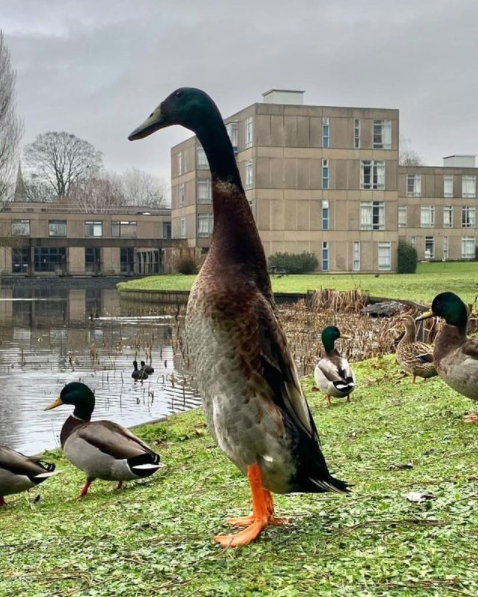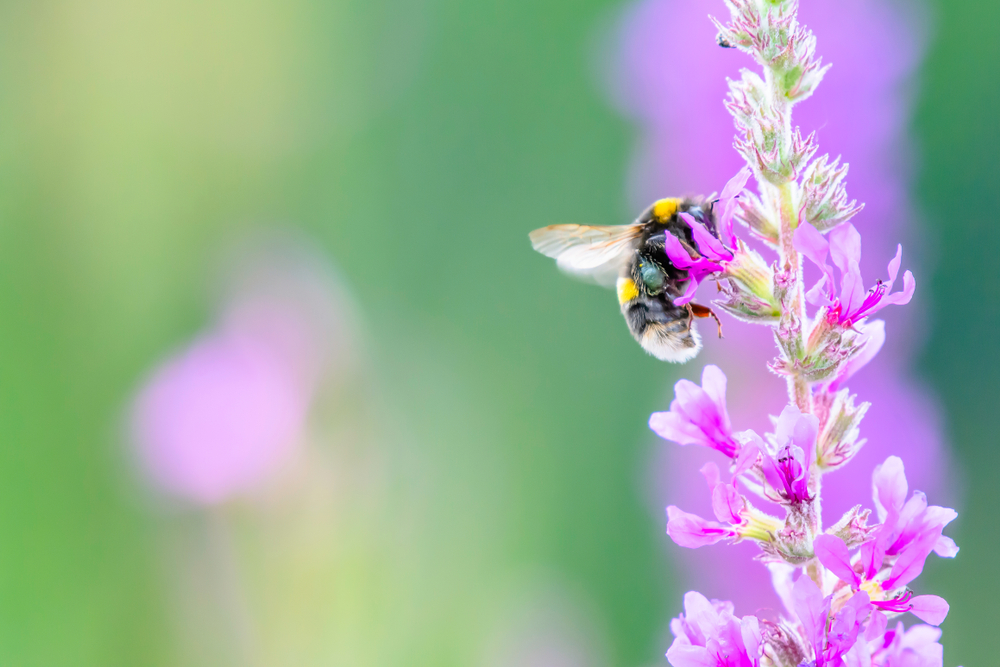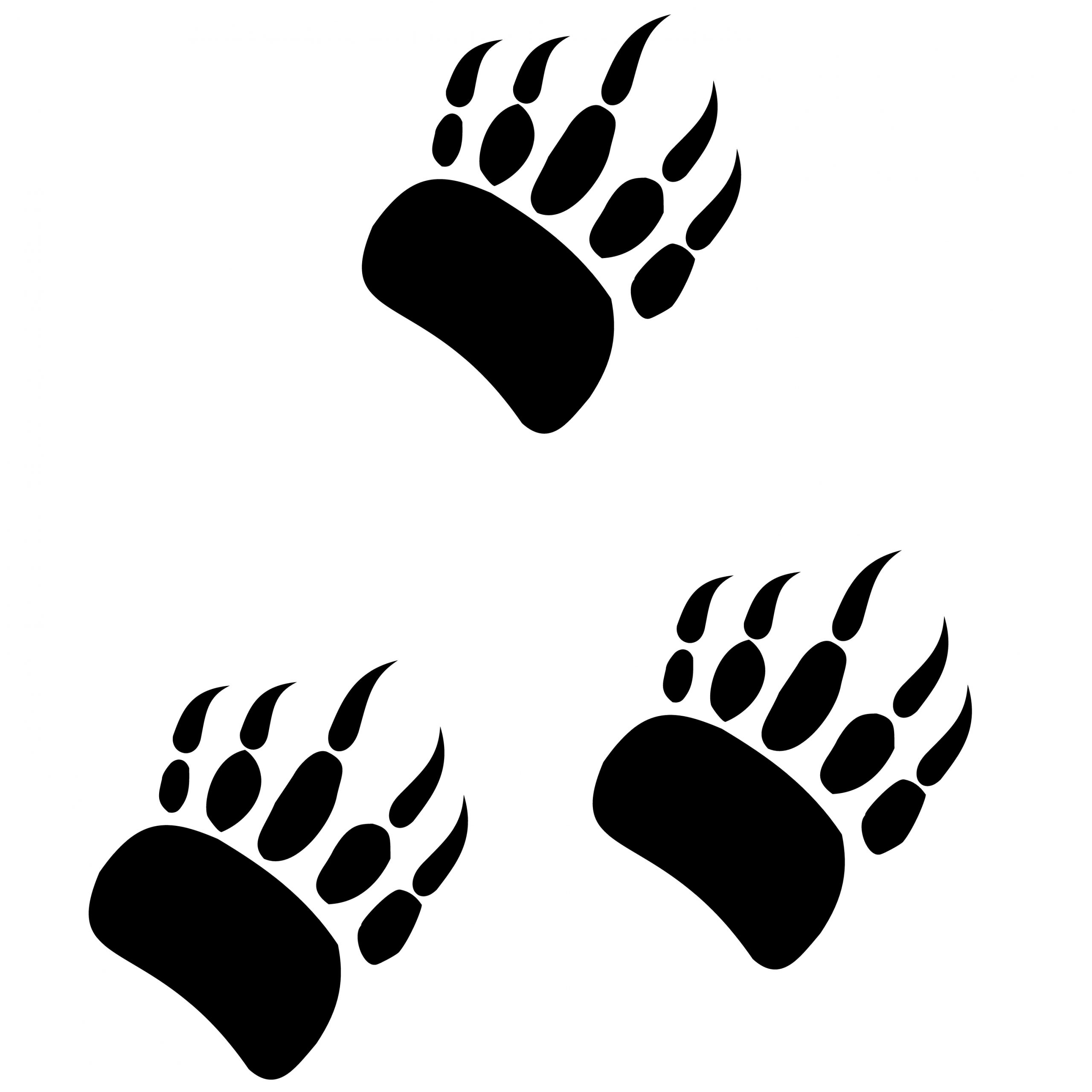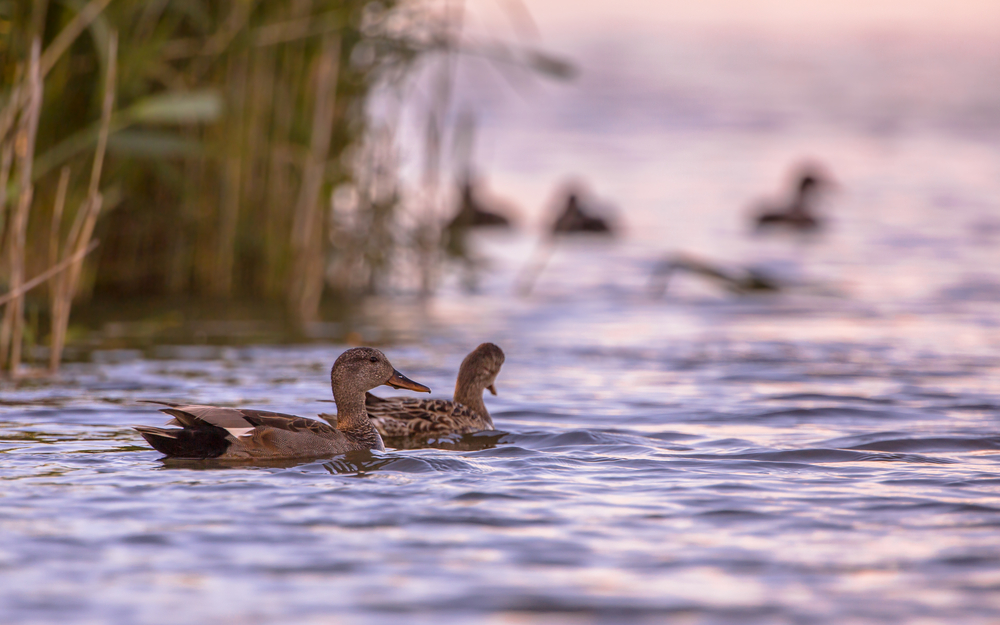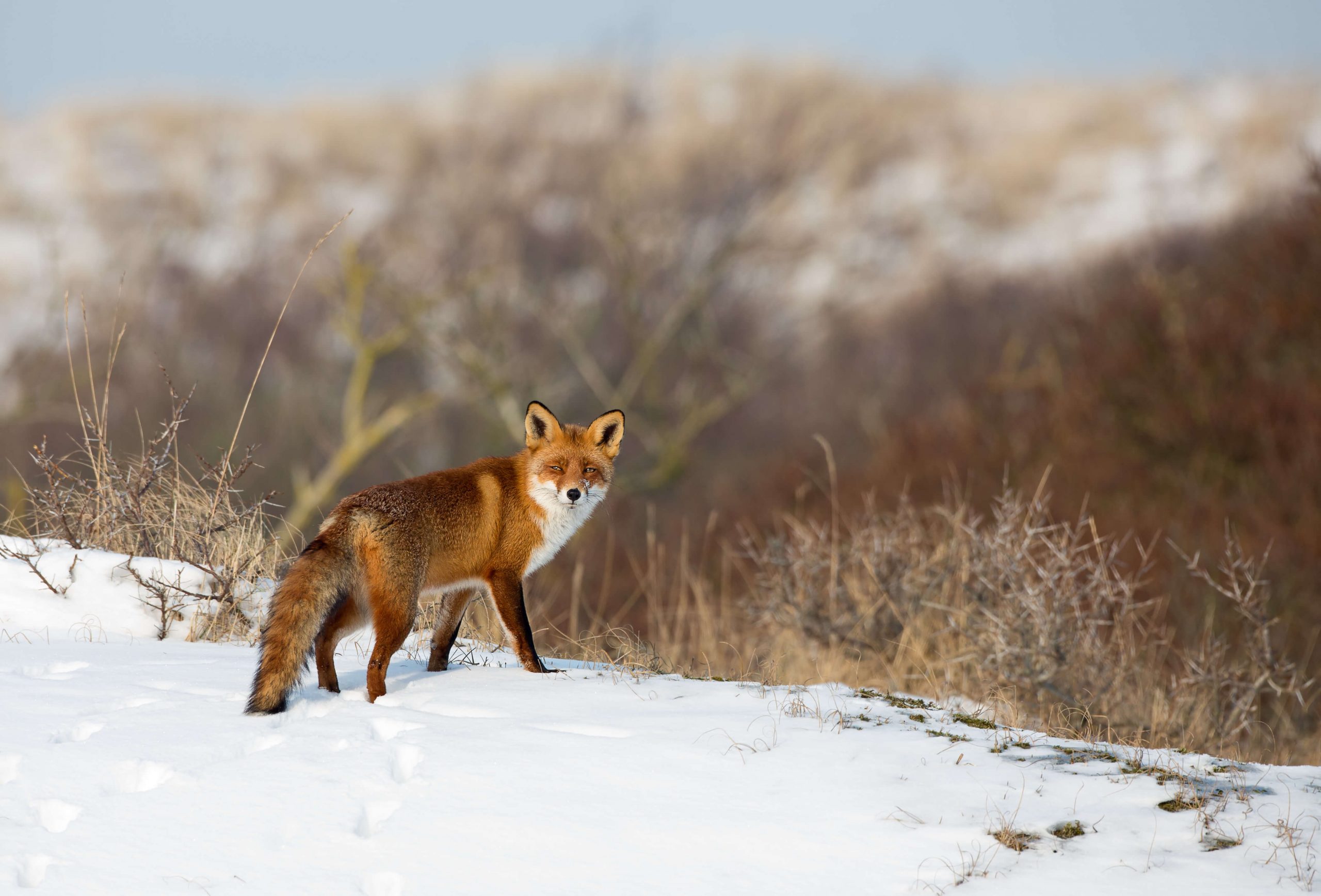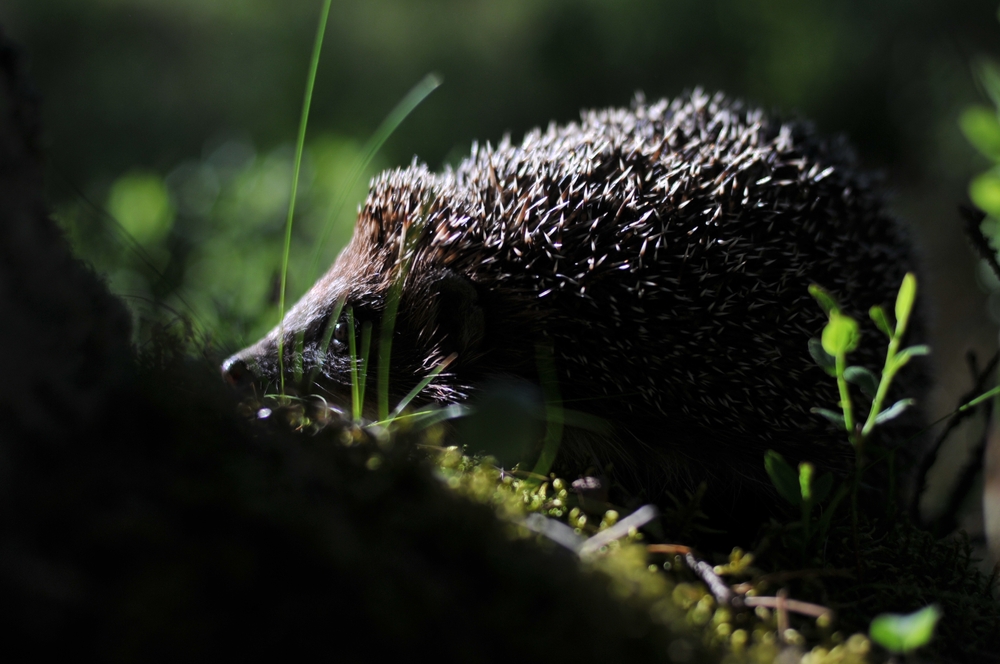
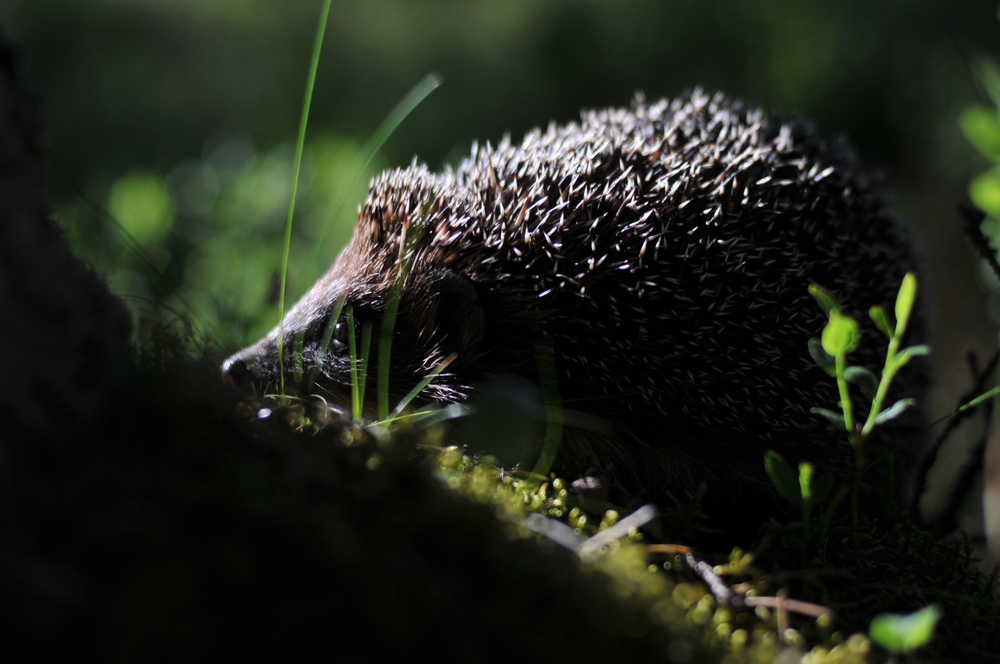
Summer is the best time of year for hedgehog lovers.They are often most active around this time so you are likely to spot them roaming around your garden when they’re hungry and looking for a tasty meal!
Here at WildThings, we have put together the top 5 hedgehog habits and the signs you need to look out for.
Mating
Hedgehogs begin mating between the months of April and June, but they may also mate beyond this time. You will definitely won’t miss two hedgehogs mating as this is a very noisy activity! A tell tale sign that a male hedgehog is trying to mate is when they circle around the female, this can sometimes last for hours and involves lots of loud grunting noises as they try to convince the female.
Pregnancy
Once mating is complete and has resulted in a pregnancy, the pregnant female will start to create a nest for her and the hoglets to live in for the next 4-6 weeks. Female hedgehogs are usually pregnant for 30 to 40 days allowing her time to create the perfect nest before they arrive. They don’t stay in the nest long as at 6 weeks old hoglets begin to become more independent and will start to head out with their mother to search for food. Summer is primetime to spot baby hoglets roaming around!
Feeding
At the start of spring, hedgehogs will be very hungry! This is especially true if they have come out of hibernation early, as natural food sources will be scarce due to the slowly rising temperatures. As the weather gets warmer and we head into the summer months, it’s the perfect time for hedgehogs to chow down on creepy crawlies and put on some fat stores. A hedgehog’s natural diet consists of earwigs, beetles, worms and other insects. You can give hedgehogs a helping hand in the summer by leaving out some supplementary food and fresh water in your garden for them.
When you see hedgehogs foraging for food they will do this through undergrowth, leaf litter and by digging. This allows them to eat whatever suitable food they can find. Hedgehogs are very messy eaters so you should be able to spot if they’ve paid you a visit.You may also find an upside down bowl every so often too.
Nesting
When looking for a nesting site, hedgehogs will look for a place that has natural materials such as leaves, hay or straw. You can help hedgehogs by leaving piles of leaves and logs and rewilding a section of your garden. Rewilding is leaving a section of your garden and allowing nature to take over. The great thing about providing materials such as leaves and logs is that hedgehogs can then use this to create their nests.
Summer is an important time to be looking out for hedgehogs and their nests before undertaking any gardening activities (like strimming, for example) as this can cause serious harm. The common nesting spots include leaves, under sheds/outbuildings and in hedgerows.
How can you help?
Here are a few things you can do to help hedgehogs in your local area:
- Leave out WildThings Food and fresh water
- Don’t over tidy your garden
- Create your own hedgehog house and feeding station
- Make your garden easily accessible with a hedgehog highway
- Grow native plants
To keep up with hedgehog habits and activity throughout the year, follow us on Facebook or Instagram where we share tips and advice.



